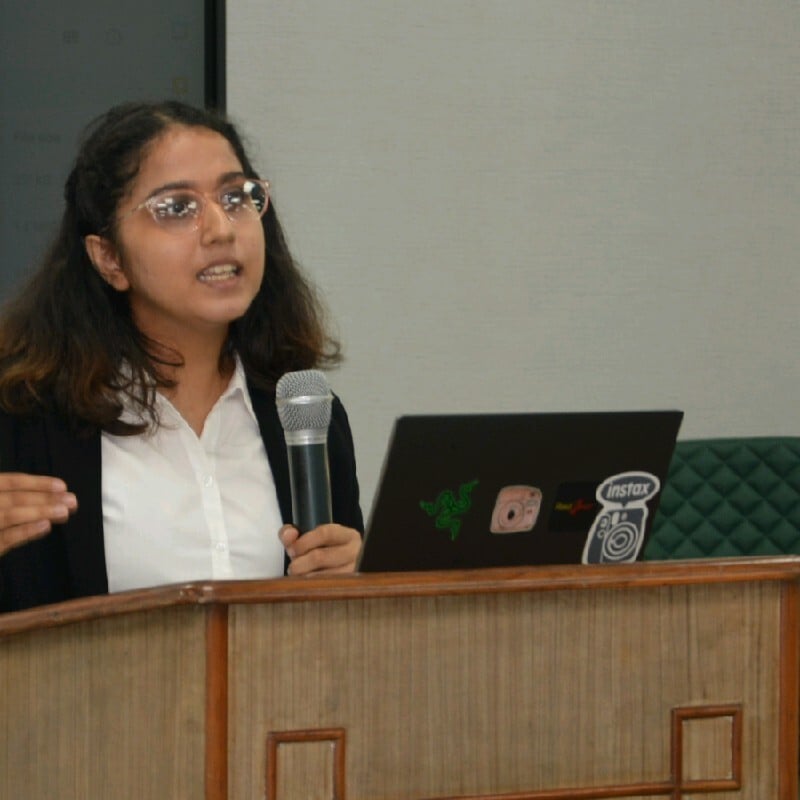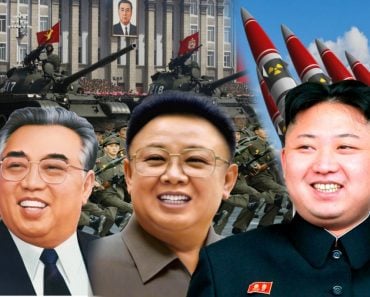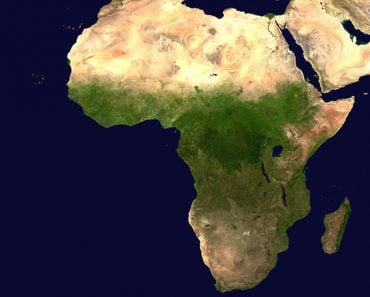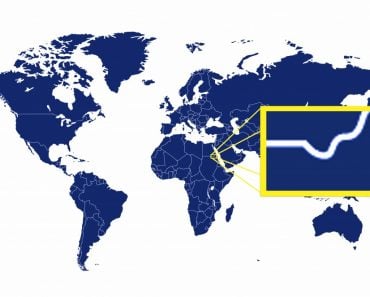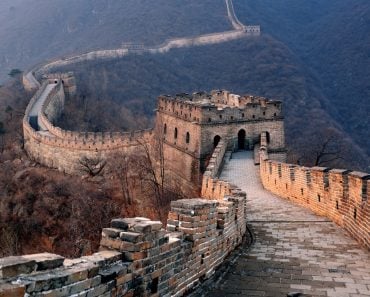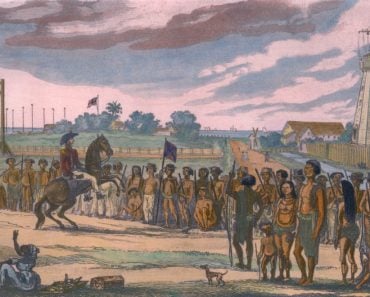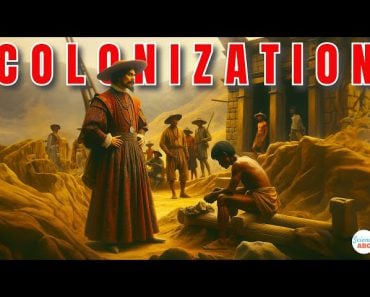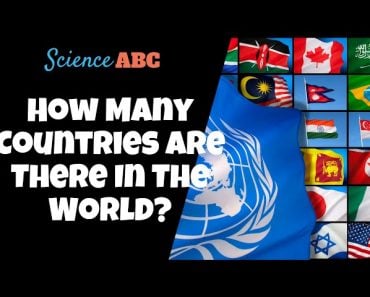Table of Contents (click to expand)
The division of North and South Korea occurred amidst post-World War II geopolitics, perpetuating a bitter divide shaped by the Cold War.
The division of the Korean peninsula into the separate nations of North Korea and South Korea was not an inevitability, but rather the product of global geopolitics and military realities at the end of World War II. The Korean people had long sought independence from foreign domination, but found their dreams of a unified sovereign nation deferred by the emergence of the Cold War between the United States and the Soviet Union.
With these two superpowers unwilling to cede control of Korea to the other, the peninsula was partitioned along the 38th parallel, setting the stage for the bitter divide that continues to this day.
Recommended Video for you:
Origins Of The Division
For over three decades before 1945, Korea had been a colony of the Japanese Empire. When Japan surrendered to the Allied powers at the end of World War II, Soviet and American troops moved in to accept the Japanese capitulation and assume control of the peninsula. However, there had been little advance planning on what the postwar status of Korea would be.
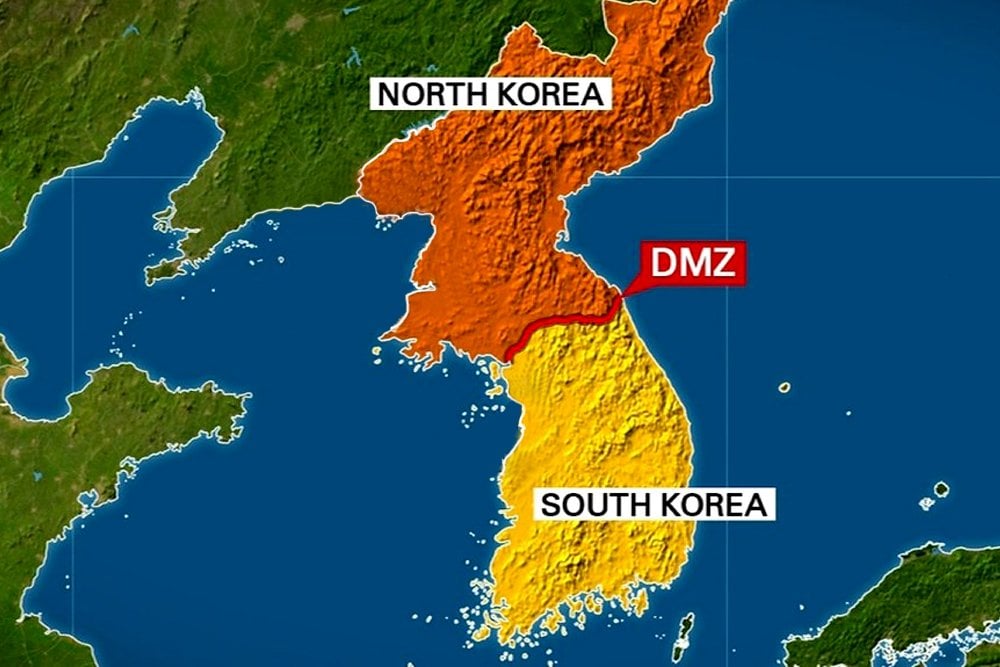
At the Yalta Conference in February 1945, US President Franklin D. Roosevelt proposed a four-power trusteeship over Korea consisting of the United States, Britain, China, and the Soviet Union. Stalin agreed in principle, but no firm arrangement was reached before Roosevelt’s death in April. By the Potsdam Conference in July 1945, the priority for the US had shifted to encouraging Soviet participation in the war against Japan in order to hasten its end.
To facilitate the Japanese surrender in Korea, the peninsula was divided along the 38th parallel on August 15, 1945, with Soviet forces accepting the capitulation of Japanese troops north of the line and American forces doing the same to the south. This ad hoc military division was meant to be temporary, but it quickly hardened into a political partition.
Separate Regimes Emerge

In both the northern and southern occupation zones, political confusion and turmoil were rampant in the aftermath of Japanese rule. Different ideological groups vied for control and influence. In the south, the US military government refused to recognize the People’s Republic of Korea, which had been hastily proclaimed in September 1945. The exiled provisional government that returned was forced to reorganize as a political party, rather than a government.
In the north, the Soviet authorities actively enabled Korean communists who had been part of the resistance against Japan to take control of the administrative machinery at the provincial and eventually national level. By early 1946, a de facto communist central government headed by Kim Il-Sung was in place with Soviet backing.
Efforts to establish a unified Korean administration under a temporary US-Soviet trusteeship floundered. In September 1947, with no progress on unification, the United States took the issue to the newly formed United Nations, which passed a resolution calling for UN-supervised national elections in Korea.

However, the Soviet Union refused to allow the UN commission to operate in the north, while the elections went ahead in the south in May 1948. This led to the establishment of the Republic of Korea (South Korea) under Syngman Rhee in August 1948. The North followed suit a few weeks later by declaring itself as the Democratic People’s Republic of Korea (North Korea) under Kim Il-Sung. By 1949, with the withdrawal of American and Soviet occupation forces, Korea had been divided into two separate, hostile, and heavily militarized nations.
The Korean War
Tensions between the two Korean regimes escalated rapidly, fueled by the rivalry between the US and Soviet spheres during the early Cold War period. On June 25, 1950, North Korean forces invaded South Korea, triggering a devastating three-year conflict on the peninsula known as the Korean War.
The United States intervened decisively on behalf of South Korea under a United Nations mandate against what it viewed as Soviet-backed aggression. This marked the first major battle of the Cold War era. After initially being pushed back to a small defensive perimeter around Busan, UN forces led by the US launched an audacious amphibious landing at Incheon in September 1950 that turned the tide of the war.
As UN troops drove northward toward the Chinese border, however, the People’s Republic of China entered the war in support of North Korea, forcing UN forces into a massive retreat. Over the next two years, the war ground to a bloody stalemate near the original partition line at the 38th parallel. An armistice signed in July 1953 established a demilitarized buffer zone and ceasefire, but no permanent peace settlement.

The Korean War ended with a devastating human toll of around 4 million casualties, and cemented the division of Korea into two implacably opposed states. The two rival governments in Pyongyang and Seoul viewed themselves as the sole legitimate authority over the entire peninsula, dashing any hopes of reunification.
The Cold War Rift Entrenches Division
In the decades after the Korean War, the division of the peninsula hardened as the differing political and economic systems of the two Koreas solidified. South Korea gradually transitioned to a capitalist democracy and industrialized rapidly with heavy American economic and military support, becoming a prosperous nation and a stalwart US ally.
In contrast, North Korea has remained an impoverished totalitarian dictatorship, which worsened at the end of the century under the Kim family’s Songun (“military-first”) philosophy.
Its economy stagnated and it remained heavily dependent on aid and support from the Soviet Union, and later China. The 1990s collapse of its former communist patrons plunged North Korea into a catastrophic famine.
Despite occasional discussions of potential reunification between the two Koreas, the ideological gulf and antagonistic relationship between the capitalist South and communist North has proven too wide to bridge. Major flash points include North Korea’s development of nuclear weapons, in violation of international agreements, as well as periods of elevated military tensions.
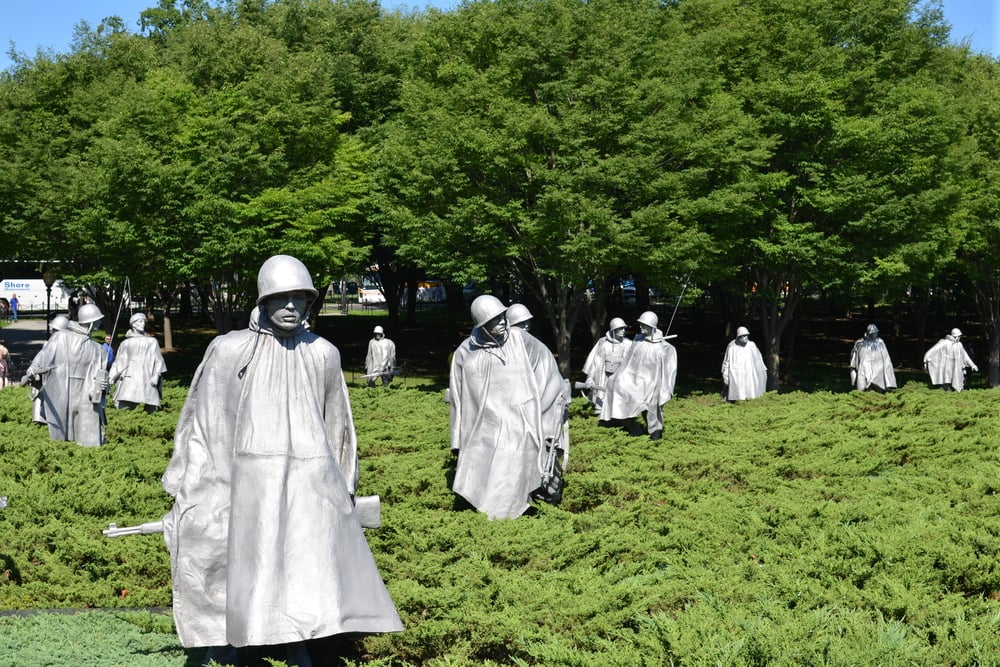
Conclusion
The devastating toll of the Korean War destroyed any prospect of peaceful reunification in the near term and ensured that the armistice line of 1953 would become the solidified border between North Korea and South Korea for the foreseeable future. While the reasons for the original division no longer apply, the ongoing confrontation between the two Koreas and their drastically different political and economic systems means the costs of reunification remain prohibitive.
The persisting division of the Korean people into two nations remains one of the most tragic and enduring geopolitical legacies of the Cold War era. Whether the dream of a reunified, peaceful, and prosperous Korea can ever be realized remains an open question mired in the complex history of the peninsula’s foreign domination and fraught ideological divide.
References (click to expand)
- Park, H. S. (2010). Military-First (Songun) Politics: Implications for External Policies. New Challenges of North Korean Foreign Policy. Palgrave Macmillan US.
- The Causes of the Korean War, 1950-1953.
- The division of Korea and the rise of two Koreas, 1945–1948 - www.taylorfrancis.com
- Malkasian C. (2001). The Korean War 1950-1953. Taylor & Francis

